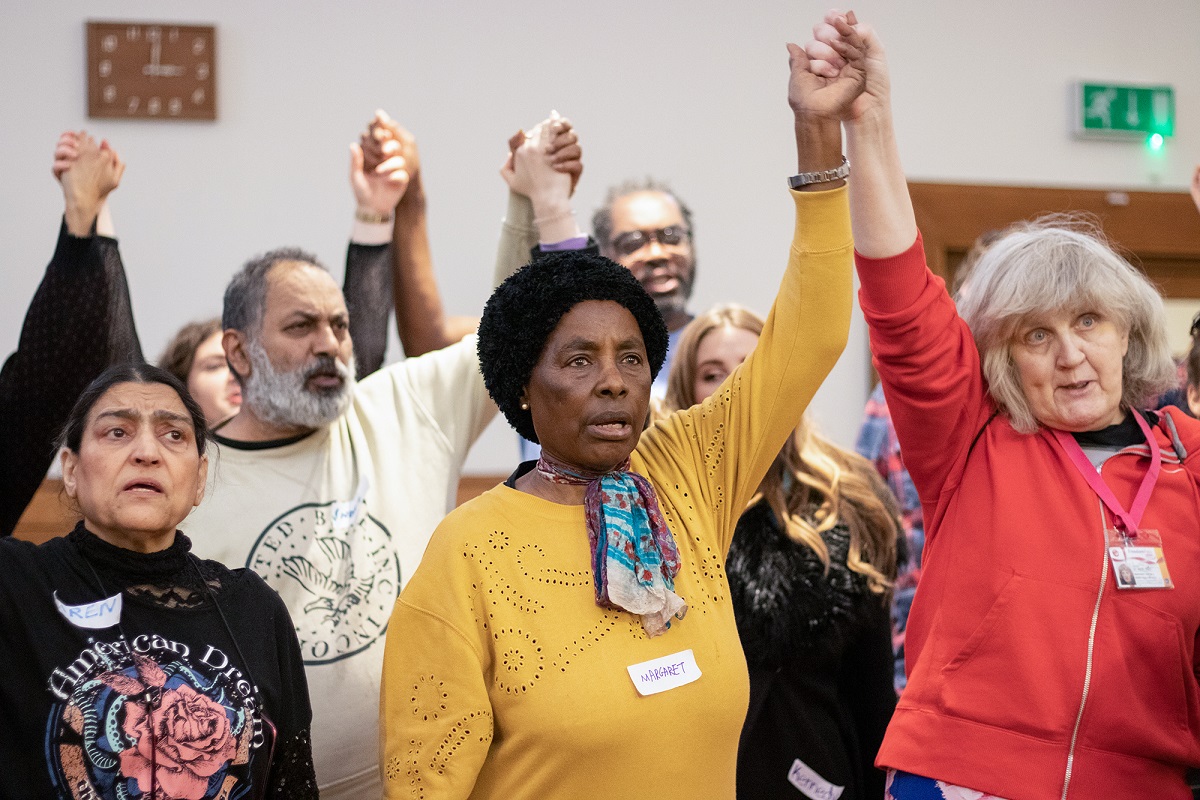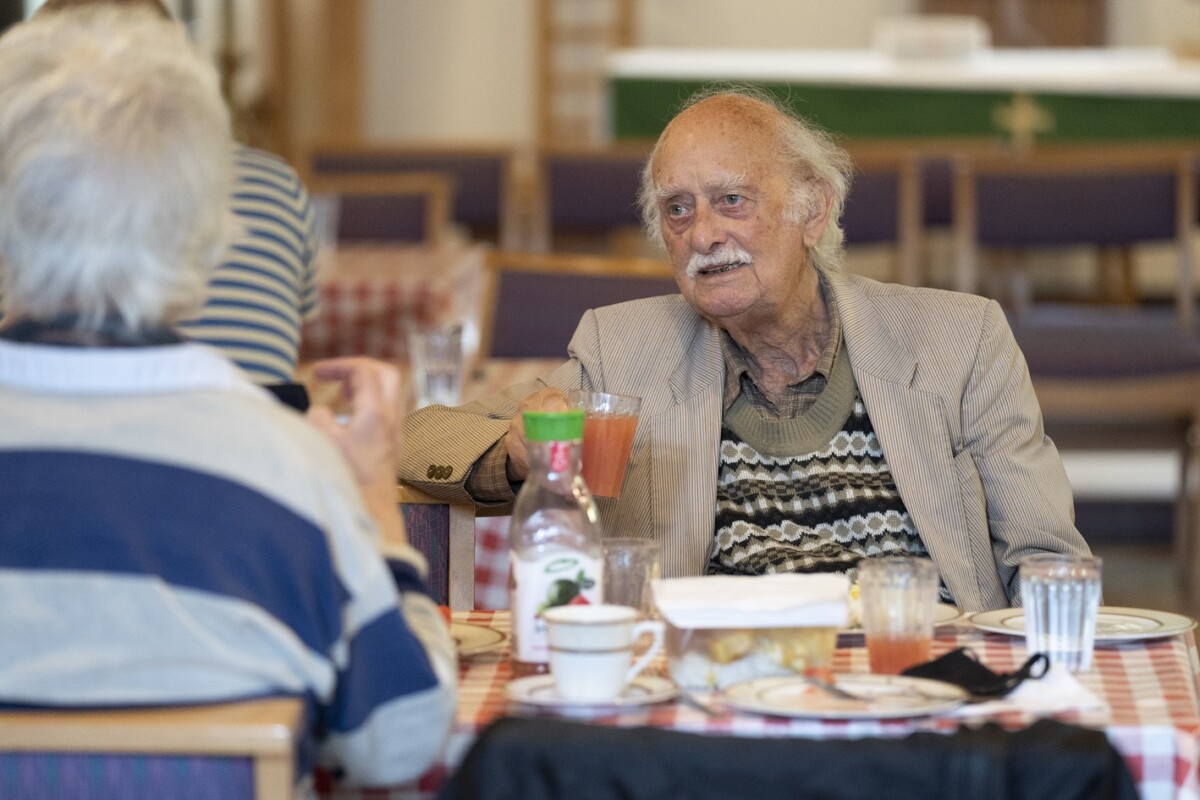How are medieval Londoners helping to tackle the issues faced by the capital in the 21st century, and making the modern metropolis a better place?
It’s a question you have probably never asked yourself, and to find the answer requires a trip back in time to 1097, when William II, son of the Conqueror, was on the throne.
Concerned by the decrepit state of the wooden London Bridge built during his late father’s reign—then the only crossing of the tidal Thames—William raised a special tax to help repair it.
The resulting fund, added to and topped up over the years through tolls, taxes, rents and bequests, would go on to build and maintain the first stone London Bridge, its successors and four subsequent Thames bridges.
The fund was administered from Bridge House, a building on the south side of London Bridge, and so was born Bridge House Estates—the biggest charity you’ve never heard of.
UK’s seventh biggest charity
Today, with assets of over £1.6 billion—making it the UK’s seventh biggest charity—it still maintains five London bridges at no cost to the taxpayer, including the most iconic of them all, Tower Bridge.
The fund’s sole trustee is the City of London Corporation – the governing body for the Square Mile. In 1995, noting that money was left over every year, it decided to use the surplus for the benefit of Londoners.
The funding arm of Bridge House Estates, created as a result of that decision, has a name you may have heard of – City Bridge Trust. It has distributed over £480 million in 27 years and today awards over £28 million a year to charities across London, particularly for schemes which tackle disadvantage and reduce inequality.
How the Trust helps Londoners

Recent projects supported include a pop-up restaurant scheme by the charity FoodCycle, turning surplus food into delicious meals for people in need; The Albany community garden project in south London; and Streetwise Opera, which empowers homeless people to take to the stage.

The breadth and scale of grants on offer, including vital multi-year funding, means City Bridge Trust has become a significant and valued funder in the capital’s third sector, but like many organisations, recent events meant that we had to reassess what we do and how we do it.

How the trust responded to COVID
When Covid hit, we gave out over £1.7 million in one-off grants to help charities offset lost income resulting from the pandemic. We also allowed grantees to use funding already awarded for specific projects to be used to cover core costs, or to pause grants until things returned to normal.
In addition, we helped set up and donated over £15 million to the London Community Response, a massive cross-sector effort which brought together 67 funders and distributed over £57 million to charities across the capital affected by Covid.
New funding schemes
The pandemic also gave us the opportunity to change the way we work permanently – to reduce bureaucracy and speed up the process of applying for grants, to allow more flexibility in what funding can be used for and to work more collaboratively with grantees and partners.
An example of this is our new Anchor Programme, which will provide much-needed core funding to second-tier organisations – those that support charities working on the frontline in communities facing the most inequality and injustice – with whom the programme is being co-designed.
We continue to adapt our offer to tackle the inequalities that were made so apparent by Covid, and to meet the most pressing needs facing Londoners. To this end, we have just launched our updated funding offer with support including a new funding stream specifically for charities providing community mental health support, in recognition of the mental health toll taken by the pandemic.
Another brand new funding stream offers capital grants of up to £150,000 for works that allow charities to reduce the carbon footprint of their buildings by means such as installing solar panels, heat pumps or energy efficient lighting.
Growing to meet the growing needs of Londoners
We are growing to meet the growing needs of Londoners. Our funding team has doubled in size in the last two years and we are currently recruiting for a new director to lead us through the next, critical phase in London’s recovery from the pandemic.
It is all part of a major restructuring, which has brought together governance of Bridge House Estates’ dual roles as a custodian of five London bridges and, through City Bridge Trust, as a major funder of the capital’s civil society.
To paraphrase Charles Dickens, the story of London is, and always has been, a tale of two cities, where vast wealth sits cheek by jowl with tremendous poverty, injustice and inequality.
Our role, literally and metaphorically, is to bridge that divide. Just as our bridges span the Thames, our work with frontline charities is helping to narrow the gaps in wealth, health and opportunity that still blight the capital; to make London a fairer, more equitable place.
I like to think that those medieval Londoners paying their toll to cross the bridge hundreds of years ago would approve.
Giles Shilson is an elected independent Councillor for the City of London Corporation and Chair of the Board of Bridge House Estates
from UK Fundraising https://ift.tt/sNQpP9F
0 comments:
Post a Comment